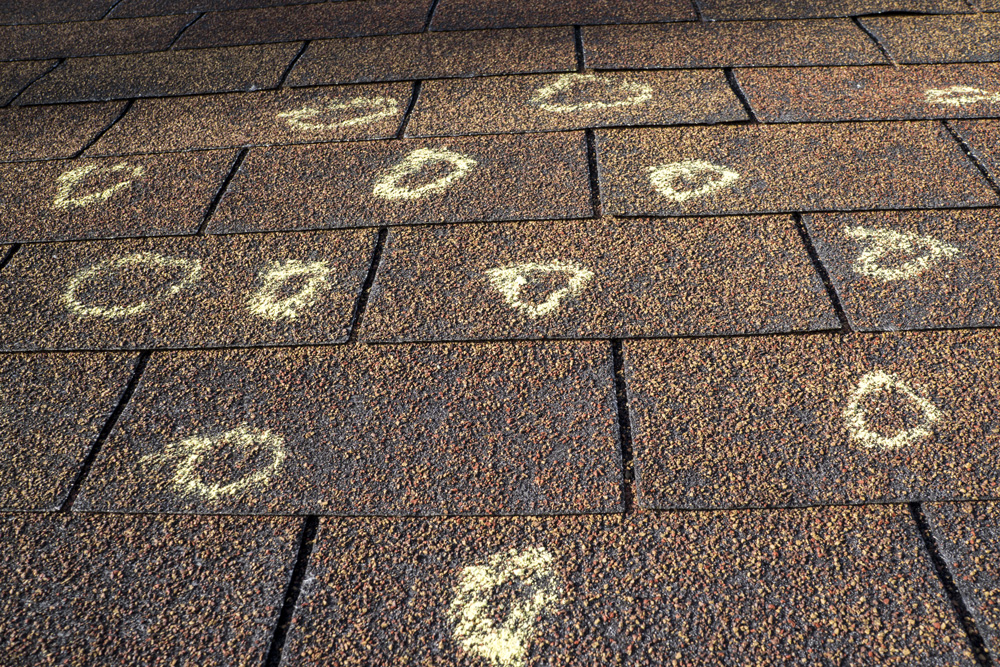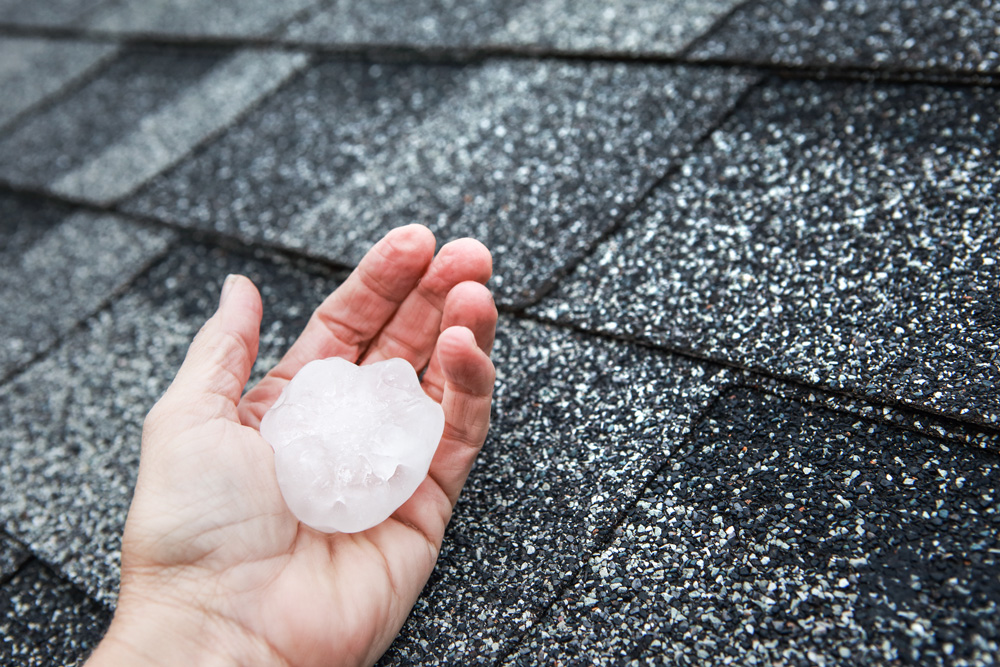A pock-marked roof. Missing shingles. Siding with dangling or loose clapboards. The company car covered with dents and dings. These are all classic signs of wind and hail damage. If your property has been affected by severe weather, Staples Consulting Group can help you recover with expert inspection, estimation, appraisal and umpiring services that have made a lasting impression on our clients. Based in Houston, we are keenly familiar with what wind and hail damage look like and can help put your property back into pre-loss condition through our custom solutions.
If your property has been affected by severe weather, Staples Consulting Group can help you recover with expert inspection, estimation, appraisal and umpiring services that have made a lasting impression on our clients. Based in Houston, we are keenly familiar with what wind and hail damage look like and can help put your property back into pre-loss condition through our custom solutions.
What is hail?
Hail refers to pellets of frozen rain that typically fall from cumulonimbus clouds. Extending into the upper atmosphere, cumulonimbus clouds are often associated with storm activity, as they can produce thunderstorms, heavy rain and strong wind gusts.
When strong updrafts within thunderstorms carry raindrops to higher altitudes where temperatures are below the freezing point (32 degrees Fahrenheit), the rain turns into ice-like concretions in the air as they hurtle toward the earth. Wide-ranging in diameter — from the tinyness of a pea to the width of a softball — hailstones can cause minor to major damage to structures like rooftops, the siding of homes and buildings, car windshields, boats and much more. According to the Insurance Information Institute, Texas tends to see more hail storms than any other state.
What does hail damage look like?
Just as hailstones come in various shapes and sizes, hail damage can take on various forms. The factors influencing the extent and severity of hail damage include the speed with which hail is falling, the size of the hail, strong wind gusts that contribute to how quickly hail is moving and the type of surface that it strikes — such as an asphalt shingle roof, metal car hoods or downspouts made of aluminum or stainless steel. Generally speaking, the softer the material, the more substantial the property damage tends to be.
Examples include:
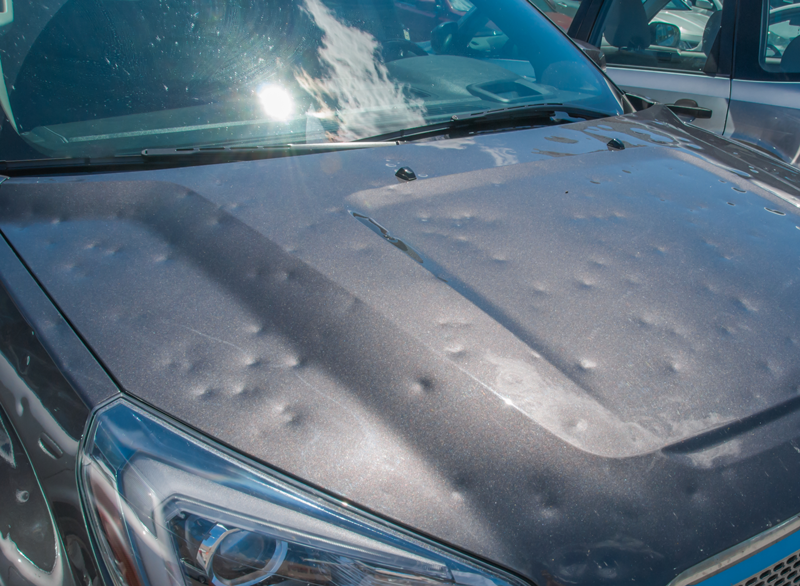
Dents, dings, scratches and indentations in metal surfaces such as car hoods, roofs and gutters.
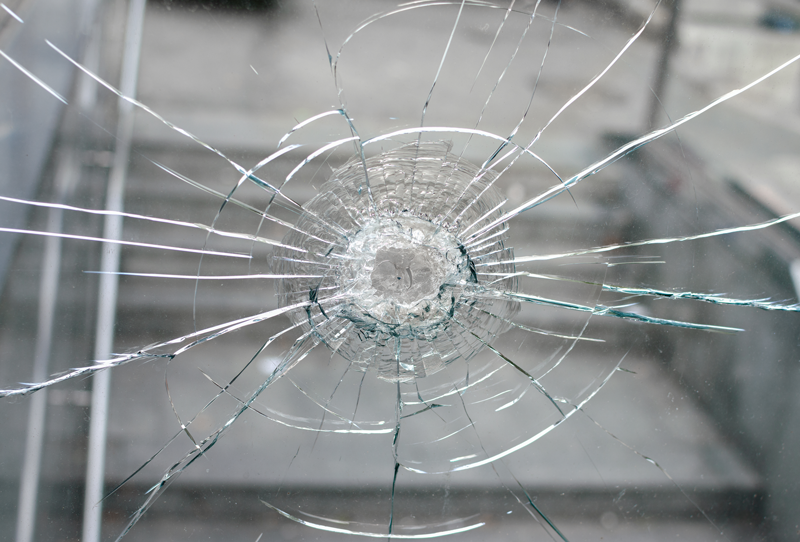
Broken or cracked windows and/or skylights.
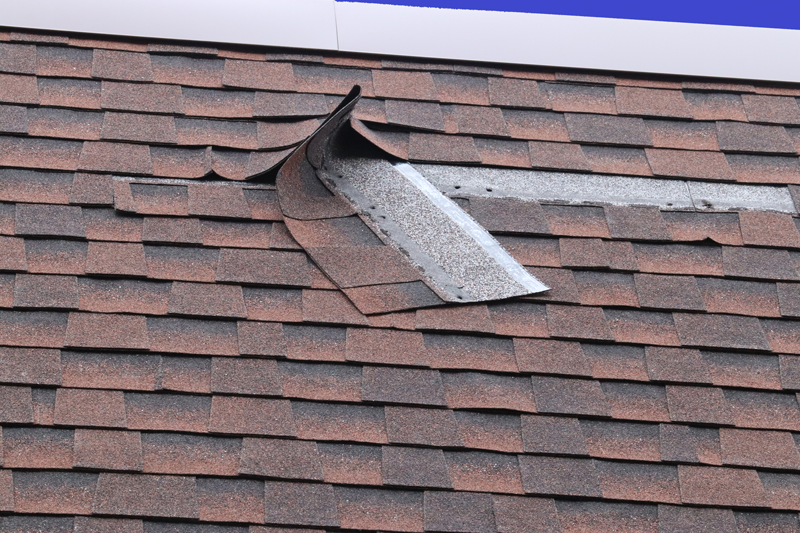
A missing shingle or shingles on rooftops.
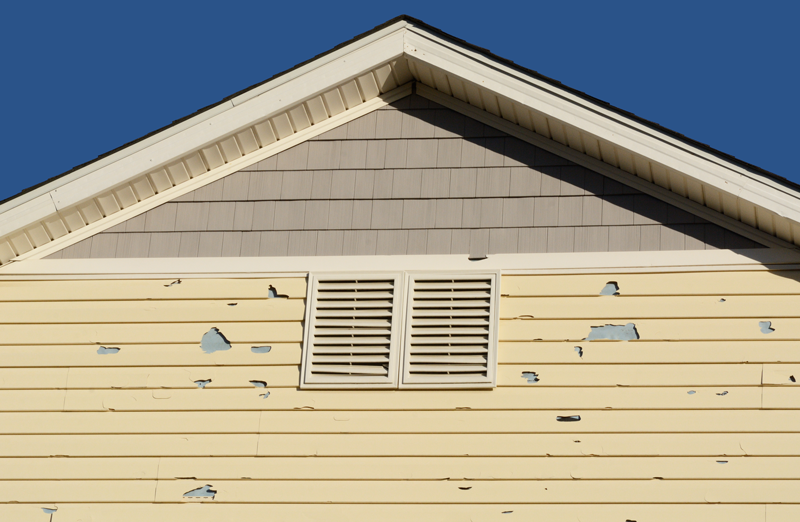
Holes or cracks along the siding of homes, offices and buildings.
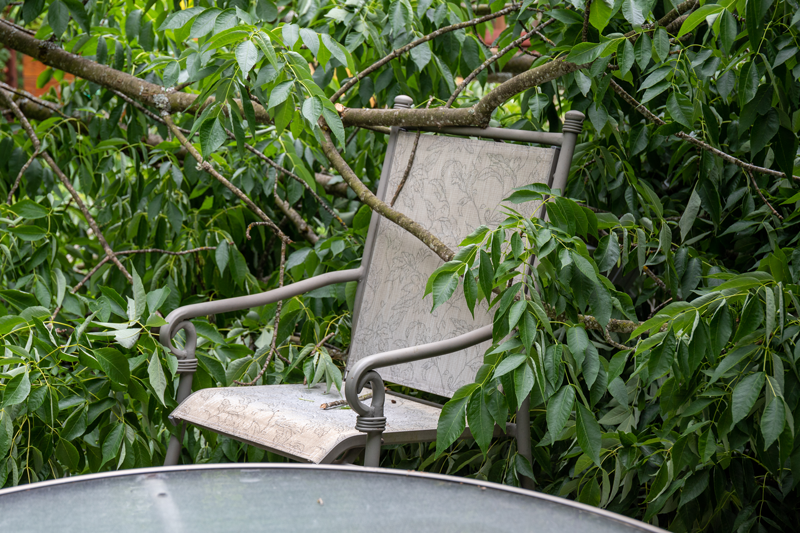
Damage to outdoor equipment or furniture, such as chairs and tables.
Why are wind and hail damage coverage grouped together?
When reviewing your insurance, you may have noticed how coverage for wind and hail damage is frequently conjoined. This is mainly done to help insurance companies determine the amount that they pay for repairs and what the policyholder is responsible for (i.e. the deductible) based on the source of the wind damage. There are generally two types of deductibles:
- Windstorm insurance.
- Hurricane insurance.
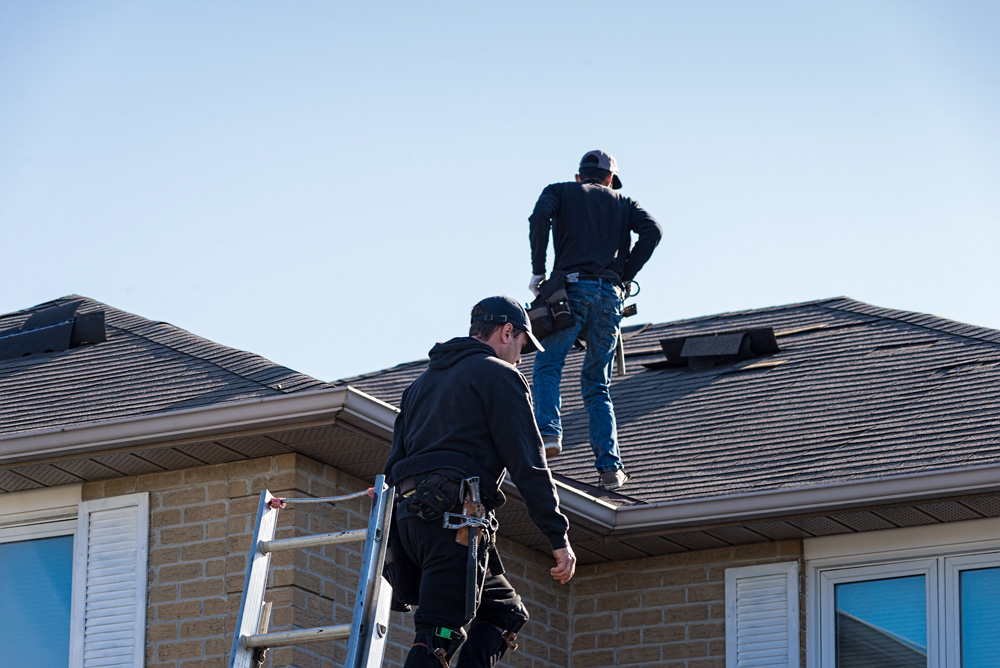
Instead of a standard deductible, a windstorm insurance deductible would apply in the case of damage caused by windstorms. A hurricane deductible would apply if wind damage stems from a storm that’s designated as a hurricane by the National Weather Service (NWS). There are also named storm deductibles, which refer to storms that have an official name from the NWS.
Wind deductibles are combined with hail to create one deductible that kicks in if either hail or wind causes damage.
The amount that a policyholder pays is dependent on whether deductibles are percentage-based deductibles or fixed-dollar amounts. Insurers generally are the ones that decide if deductibles are fixed or percentage-based. The percentage refers to the insured value of a property.
Types of damaging winds
There are several types of damaging winds. Each kind can help insurers better identify what weather phenomena produced storm damage. They include:
Straight-line: Straight-line wind refers to damage caused by gusts from a thunderstorm, rather than a tornado. Tornadic winds move in a circular pattern.
Downdraft: Downdraft winds refer to a column of cool air that sinks toward the ground and is usually associated with thunderstorms. They can also trigger flash flooding by producing strong winds at the surface.
Macroburst: Also associated with thunderstorms, macrobursts produce powerful winds at or near the surface that begin in a small area and spread out to a wider one, usually at least 2.5 miles in diameter. Peak gusts last longer than two minutes.
Microburst: Reduced in size and power, microbursts are more short-lived (peak winds lasting two minutes or less) and occur over a smaller area, usually under 2.5 miles. As a result, the damage from microbursts isn’t as substantial in comparison to the amount that is caused by macrobursts, which can down power lines and large tree branches. Microbursts are either dry or wet. The dry kind involves no precipitation, while the wet tends to feature downpours.
Derecho: Spanish for “straight ahead,” a derecho is a very long-lived wind event that brings a band of fast-moving showers and/or thunderstorms. Frequently, the damage that results from derecho occurs in a straight line, hence the name. The winds also don’t move in a circular pattern (as in the case of tornadoes). To be classified as a derecho, the wind damage must extend more than 240 miles and wind gusts must be 58 miles per hour or more.
Haboob: Derived from the Arabic word “habb” — which translates to “blowing” — haboobs are strong winds that pick up loose dust, making them common in arid, desert-like areas, such as the Southwest portion of the United States and the Arabian Peninsula in the Middle East. Haboobs kick up dust so high into the air that they can damage large buildings — including skyscrapers.
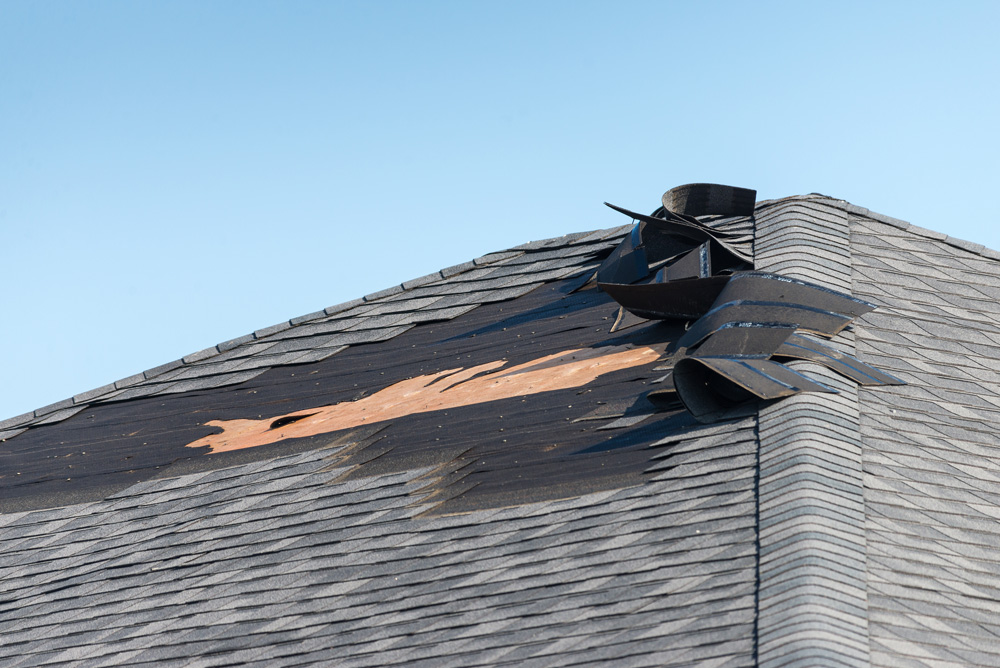
What wind speeds can lead to roof damage?
There isn’t one guaranteed rate of speed that can produce roof damage, whether that’s knocking off just one shingle or destroying a roof in its entirety. Aside from how fast winds are moving, many other factors play a role, such as:
- Wind duration
- Wind direction
- Presence of debris
- Roof maintenance
- Roof age
- Quality of roof construction
- Roof material
Additionally, the time of year can also be influential. If a roof is packed with heavy snow that hasn’t been removed, that can compromise its ability to withstand forceful wind gusts.
When your business or your home is affected by hail or wind damage, and you want your insurance company to cover the cost of the repairs, the minor details make a major difference. Staples Consulting Group involves and communicates with all the relevant professionals to achieve a successful result for your claim.
